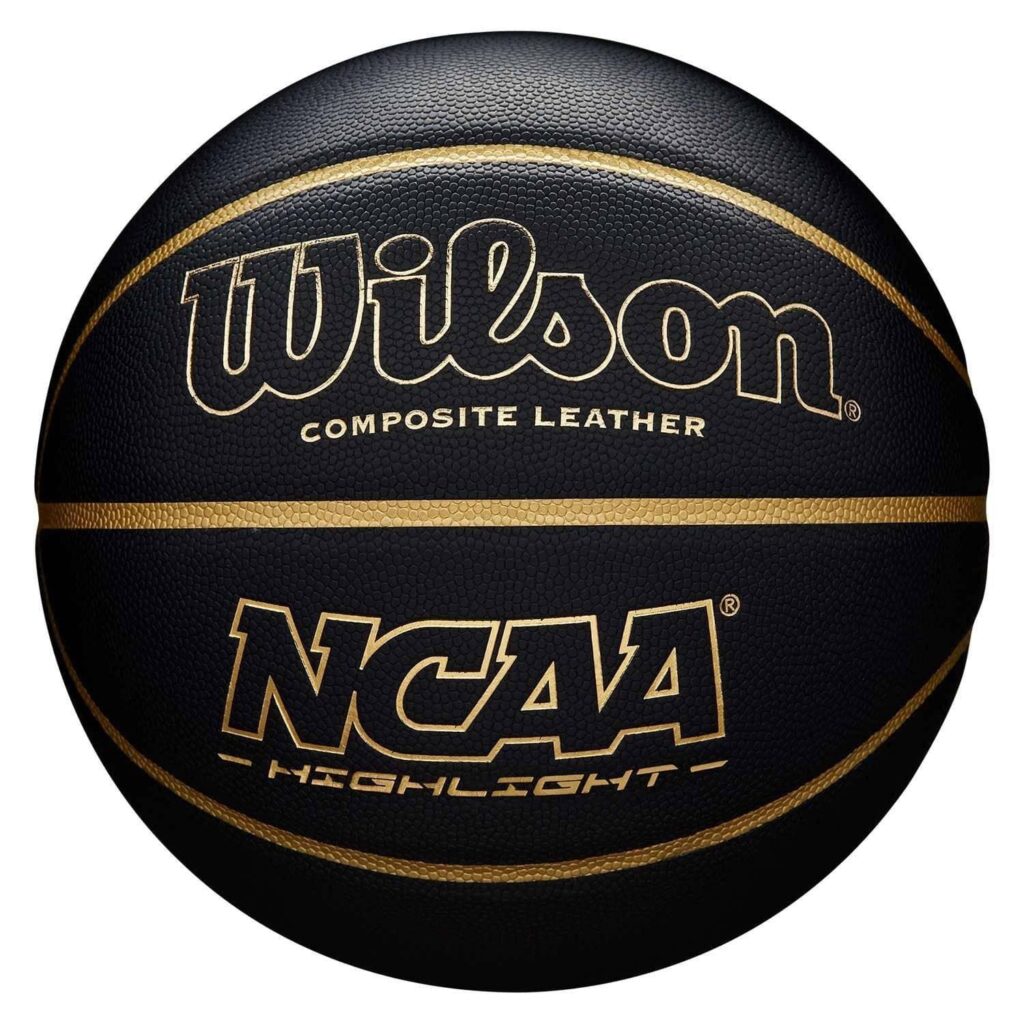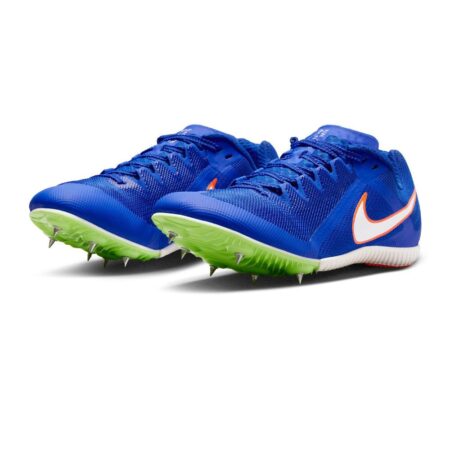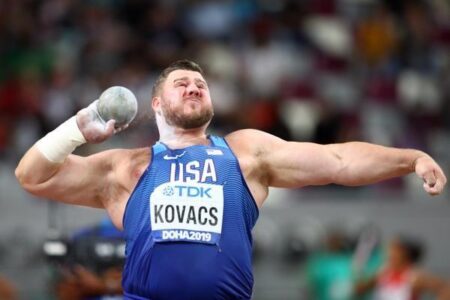In a landmark development, the NCAA’s recent shift on athletes’ rights to their name, image, and likeness (NIL) marks a pivotal moment in college sports, but it also opens the door to a host of complex legal challenges. As universities, athletes, and third-party sponsors navigate this evolving landscape, questions about regulatory authority, contract enforcement, and compliance are emerging at the forefront. This article explores the legal implications following the NCAA’s policy change, offering insight into the battles that lie ahead in redefining amateurism in collegiate athletics.
Legal Implications of NCAA’s New Stance on Athlete Compensation
The NCAA’s latest shift toward permitting athletes to profit from their name, image, and likeness (NIL) rights heralds a new era fraught with complex legal questions. Universities, athletes, and third-party agents are now navigating an intricate web of contract law, intellectual property rights, and compliance mandates. Key concerns revolve around the need for clear regulations to prevent exploitation and conflicts of interest, as well as ensuring equitable access to NIL opportunities without jeopardizing amateur status.
Legal experts anticipate that state legislatures and federal lawmakers will soon become deeply involved, seeking to harmonize sprawling regional regulations that currently lead to disparities nationwide. Potential litigation may focus on:
- Antitrust issues regarding NCAA’s monopoly over collegiate athletics
- Contract disputes between athletes and endorsement partners
- Compliance enforcement in light of evolving state NIL laws
| Legal Aspect | Potential Challenge | Stakeholders Involved |
|---|---|---|
| Intellectual Property | Protecting athlete likeness from unauthorized use | Athletes, Universities, Brands |
| Antitrust Law | Restricting NCAA’s control over athlete compensation | NCAA, Athletes, Legal Advocates |
| Compliance | Ensuring adherence to variable state regulations | Universities, Agents, State Authorities |
Navigating Contract Negotiations in the Changing Collegiate Sports Landscape
The evolving landscape of collegiate sports presents unprecedented challenges as institutions, athletes, and legal teams grapple with newly empowered Name, Image, and Likeness (NIL) rights. Contract negotiations are no longer straightforward; stakeholders must now consider a complex web of factors including endorsement deals, intellectual property rights, and evolving NCAA policies. Athletic departments are tasked with balancing institutional regulations and individual athlete freedoms, ensuring compliance while maximizing opportunity. The result is a dynamic negotiation environment where legal clarity and foresight have become paramount.
To navigate these complexities effectively, parties often engage in multifaceted agreements addressing not only financial terms but also:
- Usage rights for athlete images across media platforms
- Duration and renewal clauses reflecting career progression
- Third-party endorsements and potential conflicts of interest
- Compliance measures with local and federal regulations
The following table outlines key negotiation points reshaped by NIL considerations:
| Negotiation Aspect | Pre-NIL Focus | Post-NIL Focus |
|---|---|---|
| Contractual Control | Institution-led agreements | Shared athlete-institution partnerships |
| Compensation | Scholarships only | Endorsements and revenue sharing |
| Image Rights | Restricted use within athletic programs | Expanded commercial usage rights |
| Legal Oversight | Limited NCAA enforcement | Enhanced state and federal legal scrutiny |
Recommendations for Compliance and Risk Management in Name Image and Likeness Deals
To navigate the burgeoning landscape of NIL deals effectively, institutions and athletes must prioritize robust compliance frameworks that align with both NCAA guidelines and state-specific legislations. Establishing clear protocols around contract negotiations, agent representations, and endorsement disclosures can mitigate costly legal repercussions. Institutions should invest in dedicated compliance officers versed in these evolving rules, ensuring every agreement is vetted thoroughly to avoid conflicts of interest or violations that could jeopardize athlete eligibility.
Risk management must also extend to meticulous financial planning and transparency. Implementing regular audits and standardized reporting tools can safeguard against fraudulent activities and ensure fair valuation of athletes’ NIL assets. Below is a streamlined breakdown of key risk factors and recommended actions for stakeholders:
| Risk Factor | Recommended Action |
|---|---|
| Contractual Ambiguity | Engage experienced legal counsel for clear, enforceable contracts |
| Third-Party Agents | Implement strict vetting and registration procedures |
| Compliance Violations | Continuous education and internal audits |
| Financial Mismanagement | Mandatory financial advising and monitoring |
Wrapping Up
As the NCAA navigates this unprecedented shift in athletes’ name, image, and likeness rights, the coming months promise a complex legal landscape. Stakeholders-from universities to athletes and regulatory bodies-must grapple with uncharted territory, where long-standing policies confront new market realities. While the change marks a significant step toward empowering collegiate athletes, the path forward is fraught with challenges that could reshape amateur sports governance for years to come. Sports Illustrated will continue to monitor these developments as they unfold.





